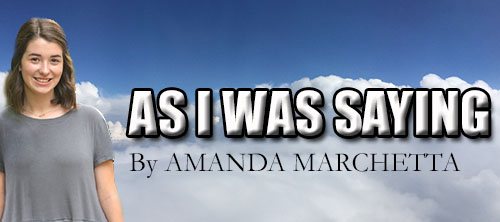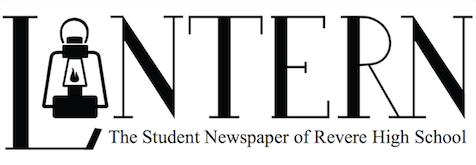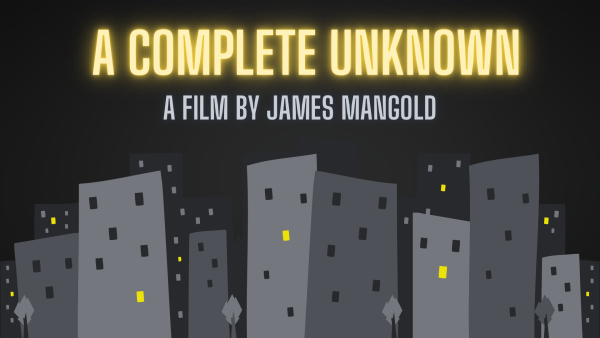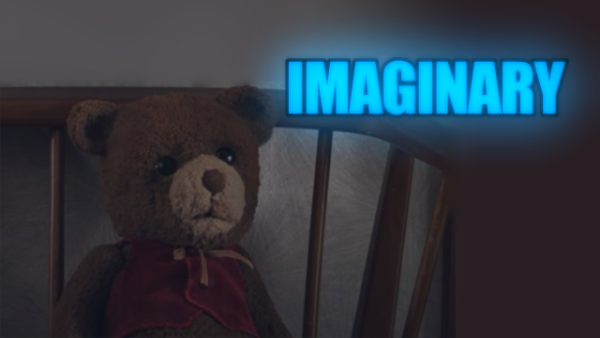Historical inaccuracies skew vision of Thanksgiving

Many of us learn the story of the first Thanksgiving as children. The winter was long, cold, and very hard for the Pilgrims. Luckily, Native Americans helped by supplying them with seeds and food, teaching them about their new home, and giving them the skills needed to survive in a strange, new land. In return, the Pilgrims invited the native people to a feast of thanksgiving to celebrate the fall’s good harvest. In reality, we have very few records of the first “Thanksgiving,” and none of them contain much information beyond what the settlers ate. The Manataka American Indian Council claims that settlers murdered over 700 members of the Pequot tribe just the night before the first Thanksgiving, while the classic tale paints the groups as close friends.
This narrative unfortunately excludes many of the atrocities that the settlers inflicted on the Native Americans in the next few centuries. While the truth of that first holiday probably lies somewhere in the middle, the Trail of Tears and the massacre at Wounded Knee are indelible spots on the pages of American history. In the late 19th century, we shipped Native American children off to boarding schools where we made them assimilate, forcing them not to speak in their native tongues or worship their own gods.
Some argue that our modern-day celebration has become a more secular holiday meant for giving thanks for family and friends, rather than glorifying a brutal history between two groups of people. I cannot dispute either argument; people must examine their own reasons for celebrating Thanksgiving. It might benefit young students to learn about the reality of Native American relations a bit earlier, so they do not mistake fiction for fact. In either case, I will gladly take any excuse to eat three helpings of mashed potatoes and gravy, as long as I do not overlook the callous treatment of an entire group of people.


